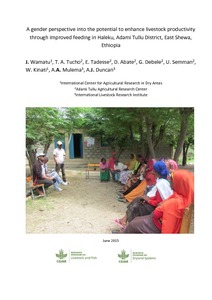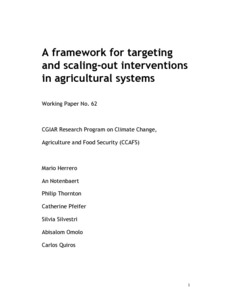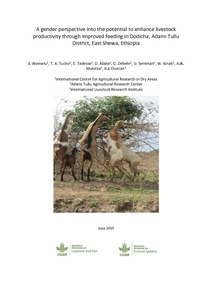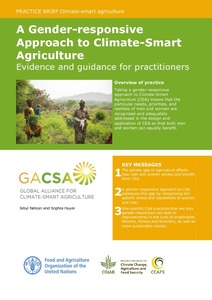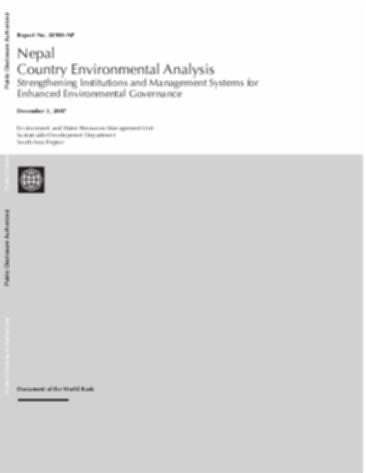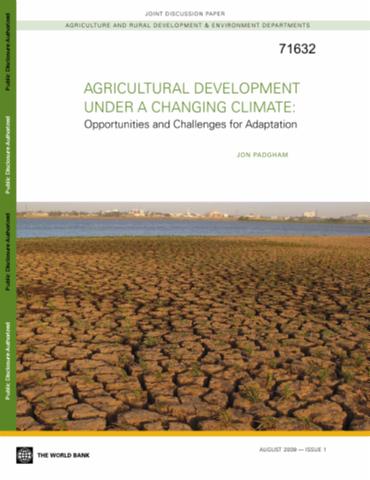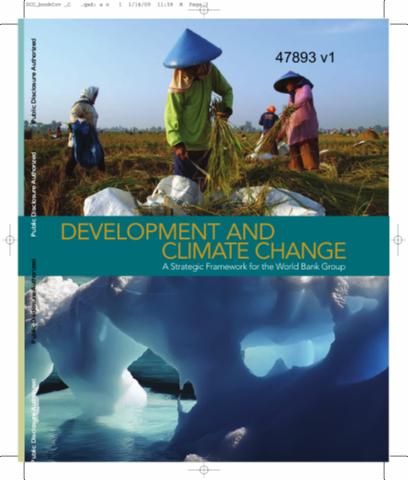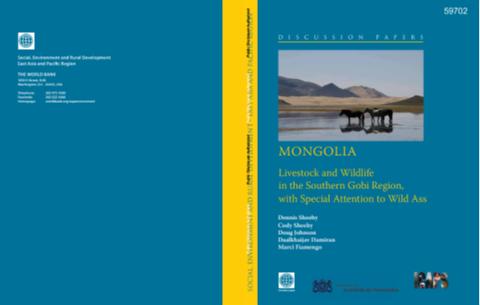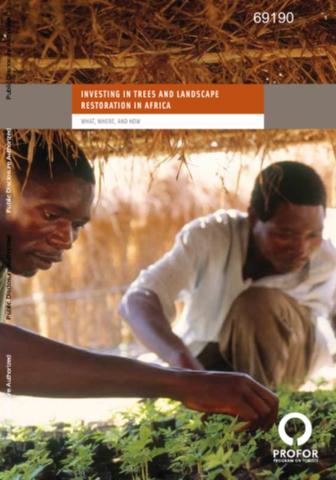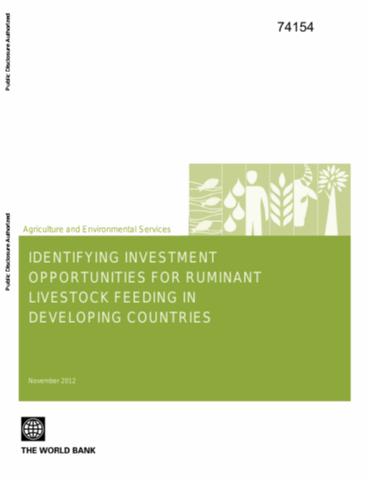A focus on the rural poor in drylands, research policy for ICARDA
Researchers of ICARDA are slowly improving towards participatory and community-based approaches to incorporate users’ perspectives. This not only increases the efficiency and effectiveness of agricultural research, but delivers what farmers want. Development of integrated crop-livestock production systems in the low-rainfall areas of West Asia and North Africa has shown the importance of the community approach in the sustainable management of collective property resources, such as rangelands and water. This approach has been widely adopted by national programs in dry areas.


